Today, we are learning about genes in this STEAM science project for kids courtesy of Monsanto who sent me this science kit so I could do it with my son.
Supplies:
- yarn
- scissors
- plastic beads to represent each trait
- gold or silver beads for tying off the end of the bracelet and for using if your traits don’t quite match the ones listed
- yard threaders (optional) or dental floss threaders used for braces
Note that you can use the color beads designed here or use whatever colors you want as long as you decide ahead of time which trait each color will represent. You will need at least 8 different colors of beads for this project.
Download a PDF of this activity here: Gene Bracelet Activity Guide printable
These pony beads are $2.49 from Amazon. They have enough variety to do this science project. Click on image to examine.
Gene Bracelet from Monsanto STEM Education Outreach on Vimeo.
Step 1: Cut the yarn to a length that will become your bracelet and tie one of the gold or silver beads to the end to keep your trait beads from falling off. Cut the yarn longer than the final length of your bracelet.
1) Eye Color:
Brown for brown eyes
Blue for blue eyes
Green for green eyes
Silver or gold if none of these bead colors are close to your eye color.
2) Hair Color:
Black for black hair
Brown for brown hair
Yellow for blonde hair
Red for red hair.
Silver or gold if none of these bead colors are close to your eye color.
3) Hair Texture:
Green for curly hair
Dark blue for straight hair
Purple for wavy hair
4) Hairline – Pull your hair back from your forehead. Does it form a straight line across or does it make a point in the middle? This point is called a widow’s peak.
Clear red for straight hairline
Clear orange for widow’s peak
5) Handedness – Do you tend to use your right hand or left hand more?
Dark blue for left hand
Yellow for right hand
Green for ambidextrous
6) Thumb-edness – Stretch your fingers out then clasp your hands together. Which thumb is one top? Select the bead that represents your dominant thumb.
Clear blue for left thumb on top
Clear yellow for right thumb on top
7) Hitchhiker’s Thunb – when you give a thumbs-up sign, does the top of your thumb bend backwards?
Red for straight thumb
Orange for in-between thumb
Yellow for Hitchhiker’s thumb
8) Tongue rolling – can you roll your tongue into a taco shape?
Purple – can roll tongue
Blue – can’t roll tongue
9) Dimples:
Pink – have dimples
Dark blue – do not have dimples
10) Freckles:
Clear orange – have freckles
Light purple – do not have freckles
11) Chin Shape
Green – smooth shape
Red – cleft shape
12) Earlobes:
Yellow – attached
Blue – detached
Finishing your bracelet. Tie the ends together so that’s it loose enough so you can take it off and on but not so loose that it falls off when you’re playing. Get an adult to help tie off.
p.s. Genetics books for kids
p.p.s. A video on DNA
p.p.p.s. I do easy science projects with my son that don’t require special purchases. Our latest science exposure is watching fun STEM videos. We also built a DIY Bee House (and I found a kit for that), played with candy, made bath bombs, skipped rocks on ice, soccer physics, drank Japanese Ramune soda, building a protective egg device, ice cracking in a water glass, and baked a cake representing a cell.
More complicated STEM stuff included watching a total solar eclipse, building a toothbrush robot, 3D printing camp, DIY Pop Up Light Up Circuit Card, DIY iPhone Microscope, Scratch Programming, 3D Hologram Projector, and building a homopolar motor.
We tried out STEM toys as well: Science Apps, Cubetto, Ozobot, DIY Electro Dough Kit, DIY Gamer Control Kit, and ArcKit.
My books:
Amazon / Signed or Inscribed by Me
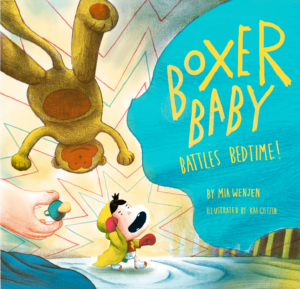 Amazon / Signed or Inscribed by Me
Amazon / Signed or Inscribed by Me
Food for the Future: Sustainable Farms Around the World
- Junior Library Guild Gold selection
- Selected as one of 100 Outstanding Picture Books of 2023 by dPICTUS and featured at the Bologna Children’s Book Fair
- Starred review from School Library Journal
- Chicago Library’s Best of the Best
- 2023 INDIES Book of the Year Awards Finalist
- Green Earth Book Award longlist
- Imagination Soup’s 35 Best Nonfiction Books of 2023 for Kids
Amazon / Barefoot Books / Signed or Inscribed by Me

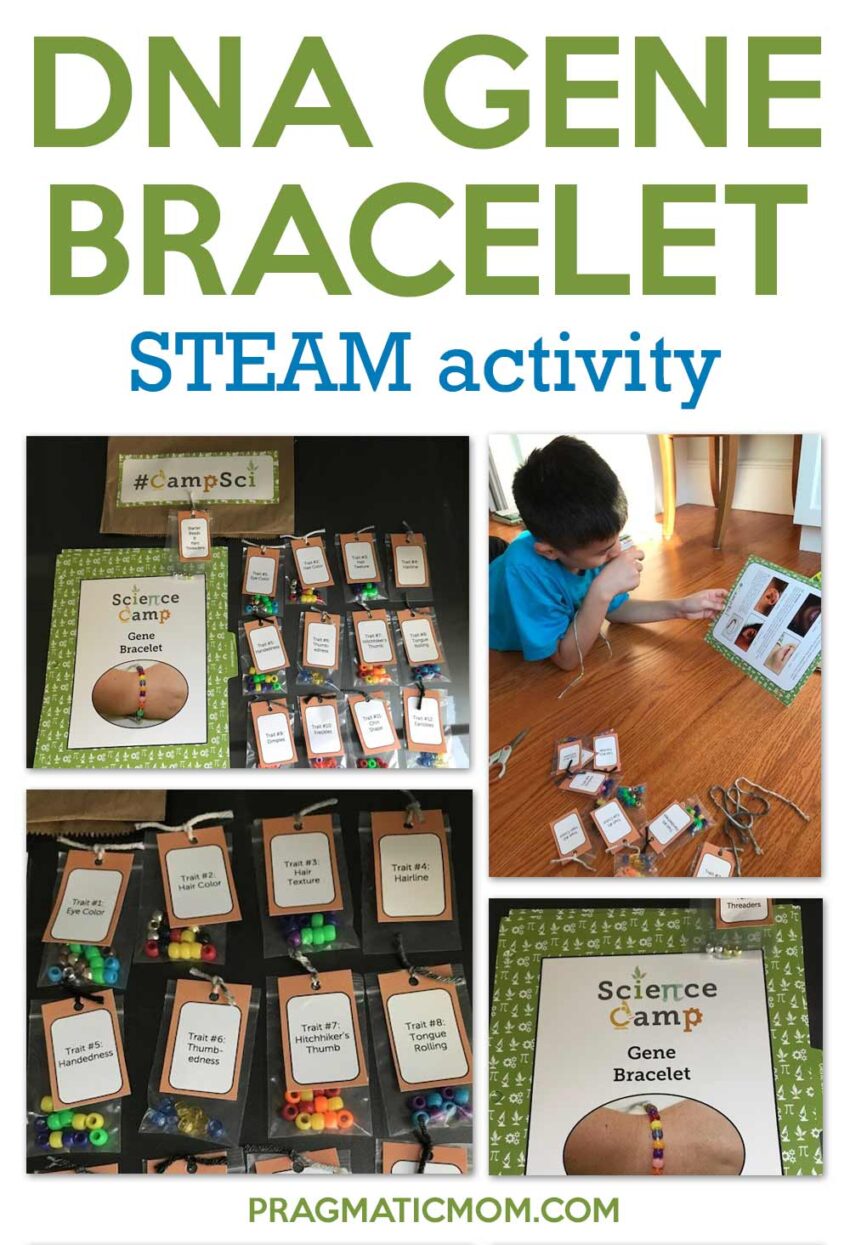
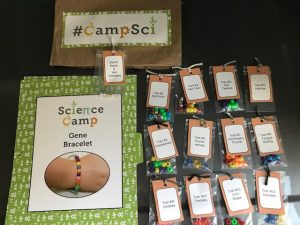
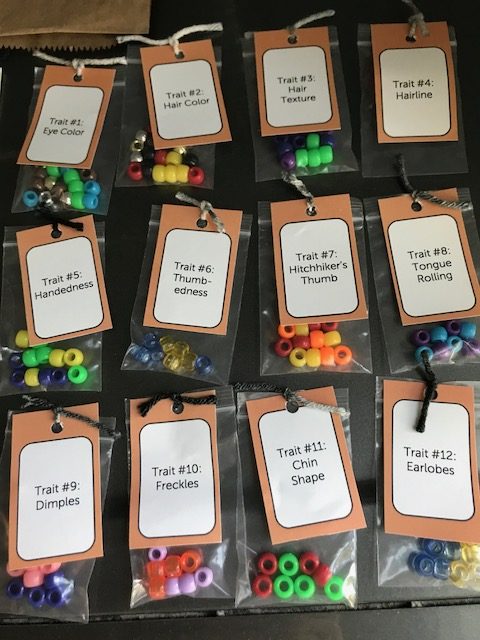

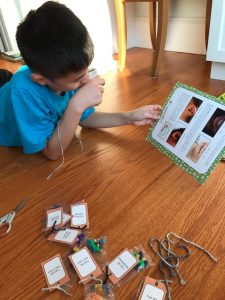
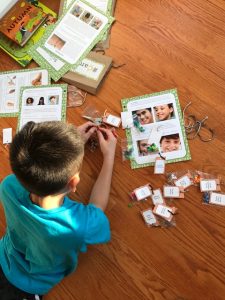
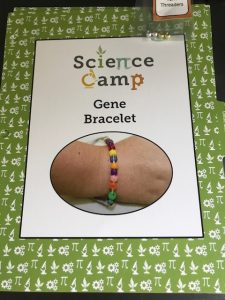








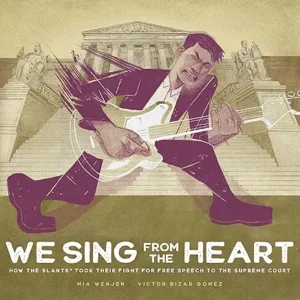
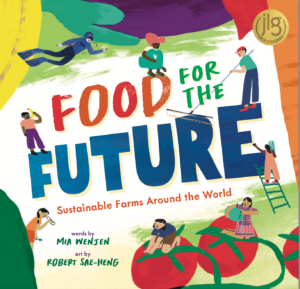
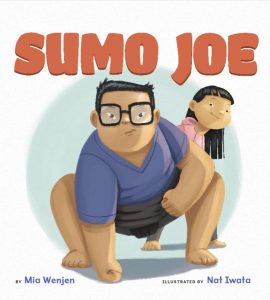
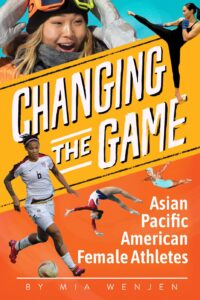
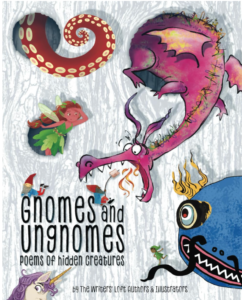

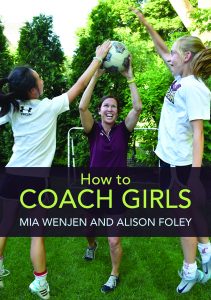
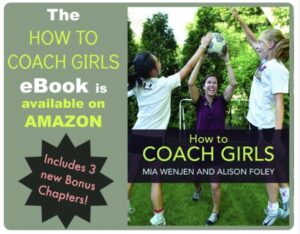
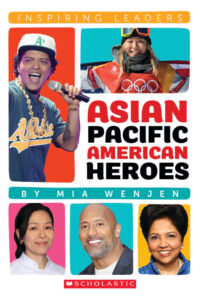

These are wonderful ideas! I am a retired Biology teacher but teach one class weekly of ESE children. This is perfect for them. Thanks for sharing.